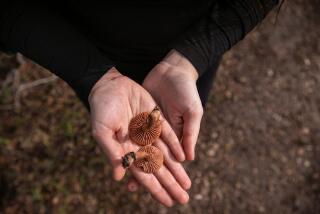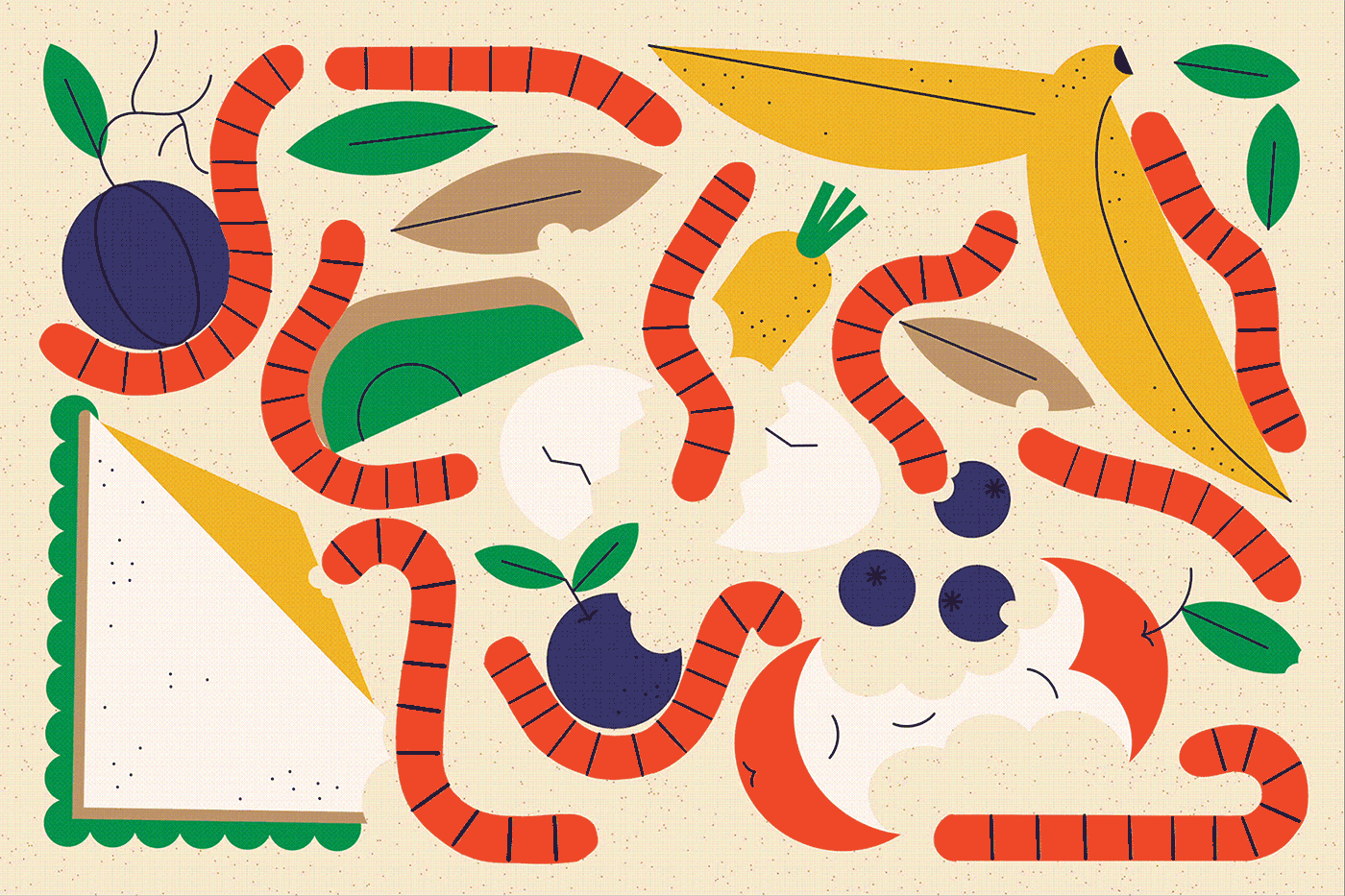The Worm Has Turned--Green
- Share via
The fashion news in fish bait this season is color. Living, wiggling color.
When it comes to worms, brown is out. Day-Glo chartreuse, red and blue are in.
Designer squirmers, created in Canada, made their debut in Ventura County last week. Anglers have tried them at Lake Piru and Lake Casitas, and although fish in Lake Piru don’t seem impressed, some bait shops on the road to Lake Casitas are doing a brisk business.
“From the first time I saw them, I knew they were going to be popular,” said Al Buczkowski, owner of the Oak View Shell gas station. “We just got them in and my shipment’s almost gone.”
Down the road at Casitas Market, only a few fishermen have bought the worms, so clerks there are taking a wait-and-see attitude. Birds at Lake Casitas clearly prefer mealworms--which many fishermen buy just to feed to ducks and nesting grackles--but Randy King, manager of the marina at Lake Casitas, said fish have always preferred the Canadian night crawler--the earthworm’s pencil-length big brother--which is the worm that now comes in colors.
Nationwide, the newcomers are gaining in popularity, especially the green variety, which glow in the dark. At this year’s Pro Michigan fishing series near Detroit, angler Paul Weller used one to hook a record 11.5-pound walleye.
It’s the color and the pungent odor that attract fish, said John Kelley, a worm wholesaler in Guadalupe, near Santa Maria, who sells them to retailers in Ventura County. Thirty feet underwater, the wigglers glow through the murk, and some fish--which are drawn to color, light and smell--find them irresistible.
These worms are made, not born. Made in Canada. Paul Giannaris, 34, of Toronto, stopped his PhD work in organic chemistry to become a worm distributor after his father died in 1994. He took over the family business of selling Canadian night crawlers to bait companies in the States.
But give a chemist a warehouse full of giant worms and he’s bound to experiment. Giannaris found that whatever crawlers eat is absorbed into every cell in their slimy bodies. Simply put, they are what they eat.
He asked fishing lure companies which colors and scents sell best. Day-Glo green and garlic, he was told.
Armed with that knowledge, Giannaris set out to build a better worm. After four years of food dye experiments and, sadly, the deaths of thousands of crawlers, he created “Nitro Worms” in the perfect Day-Glo green and garlic. He dyed worms red and blue too, just because he could.
But fishermen liked green the most. So much so that imitators have cropped up, including “Evergreen” Canadian night crawlers, which have been used at Lake Casitas. But buyer beware, Giannaris said. His trademark ingredients are FDA approved and have no harmful side effects. Wannabes are feeding their worms God knows what.
His invention conjures up endless possibilities; perhaps he could wrap strings around the worms and tie-dye them. Or drip Calvin Klein’s Obsession in worm food and mask less attractive scents--like garlic. Citronella crawlers might keep mosquitoes down.
No thanks, said Giannaris. He’ll stick with Nitro Worms, though he is coming out with a dye-your-own kit.
Toronto, the Worm Capital of the World
But coloring is only half the job. Crawlers can’t be grown commercially; they have to be hunted, like truffles, in fields and forests. They like Toronto. More than 90% of commercial night crawlers come from the area, making it the worm capital of the world.
Crawler-gathering is about a $50-million-a-year industry there. On dark nights after a good rain, when there’s no hockey game on, pickers don headlamps and parkas and trek into the woods.
It’s tough, grungy work, Giannaris said. But on a good night, thousands of crawlers poke their heads out of the ground and pickers, paid per worm, can make a tidy profit.
After they are picked and dyed, the crawlers are flown to parts south, such as to John Kelley’s 8,000-square-foot wholesale worm operation in Guadalupe. Kelley in turn packs them in Styrofoam cups, a dozen per cup, and ships to retailers, like Oak View Shell and Casitas Market. He also passes out samples.
Randy King sells about 50 dozen Styrofoam cups of crawlers (the plain brown variety) a week and keeps them chilled in the bait shop. He has samples of green Canadian night crawlers, but so far they’ve mostly drawn just the curious.
Would the bass at Lake Casitas go for big green worms? Fishermen are pragmatic, King said. They’ll use whatever bait works.
In the meantime, he doesn’t waste time speculating on the subtleties of crawlers.
“Worms are worms,” King said. “All I know is I put them on the counter and get them out of here.”
More to Read
Sign up for Essential California
The most important California stories and recommendations in your inbox every morning.
You may occasionally receive promotional content from the Los Angeles Times.













